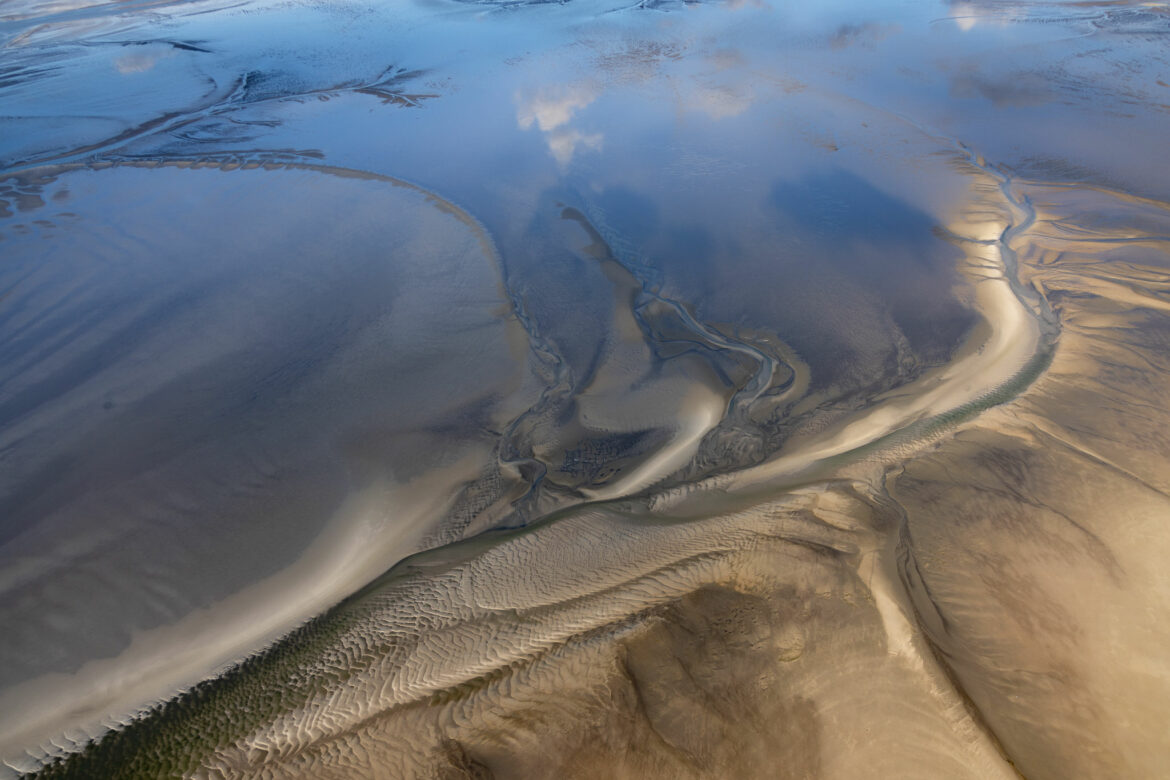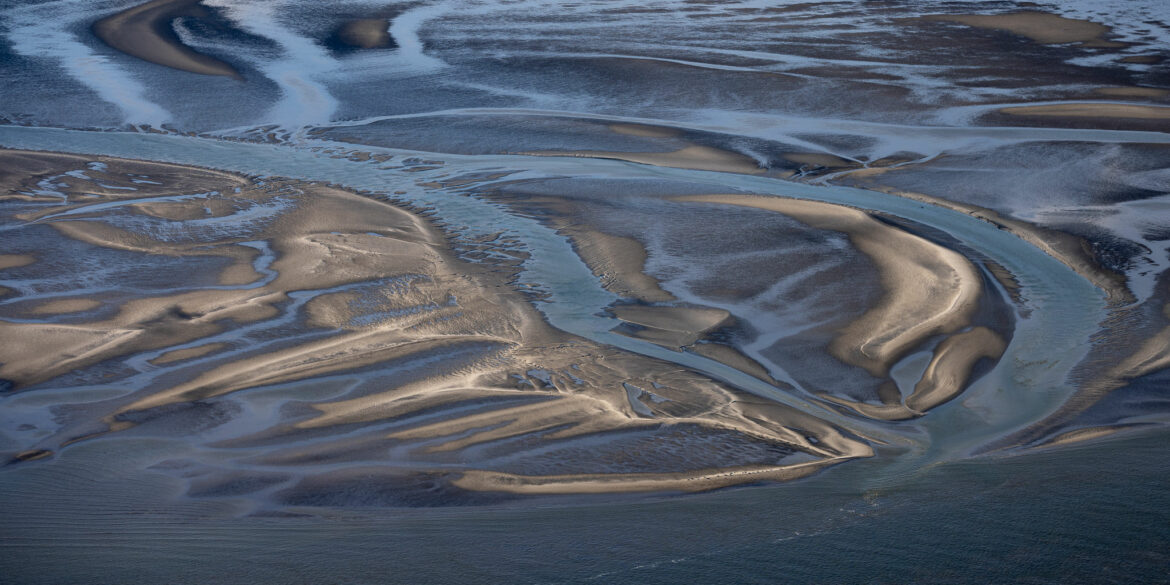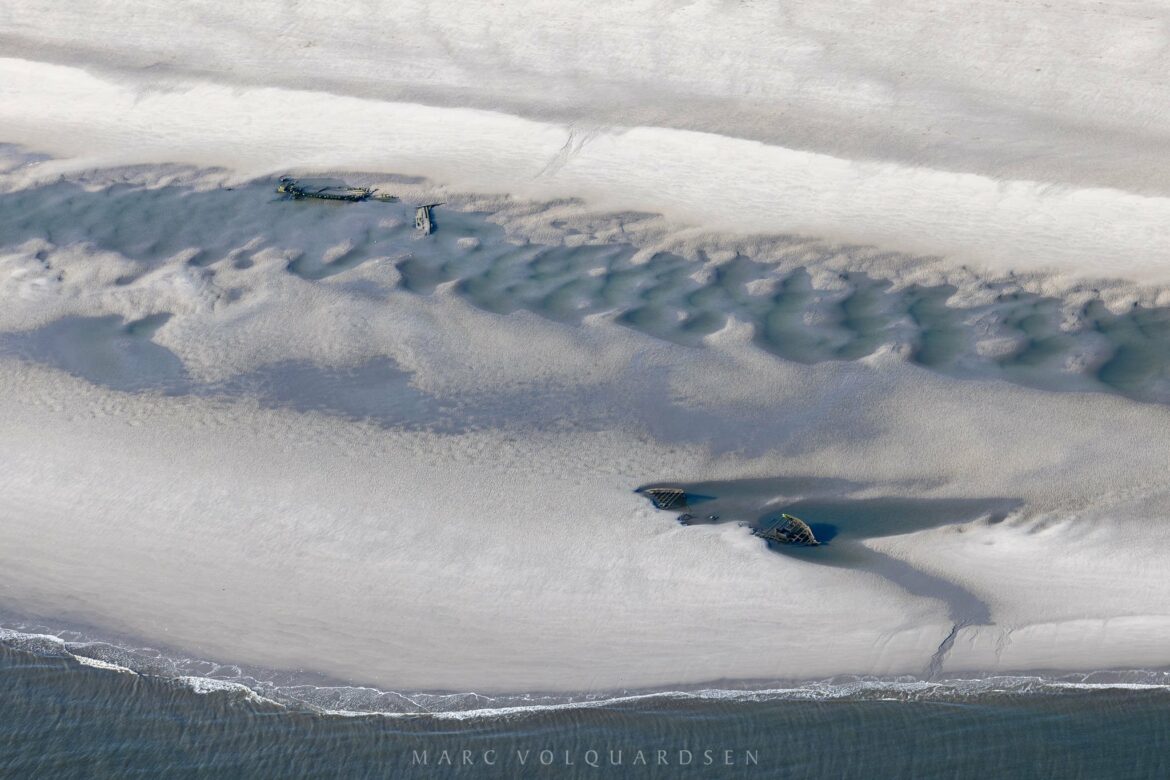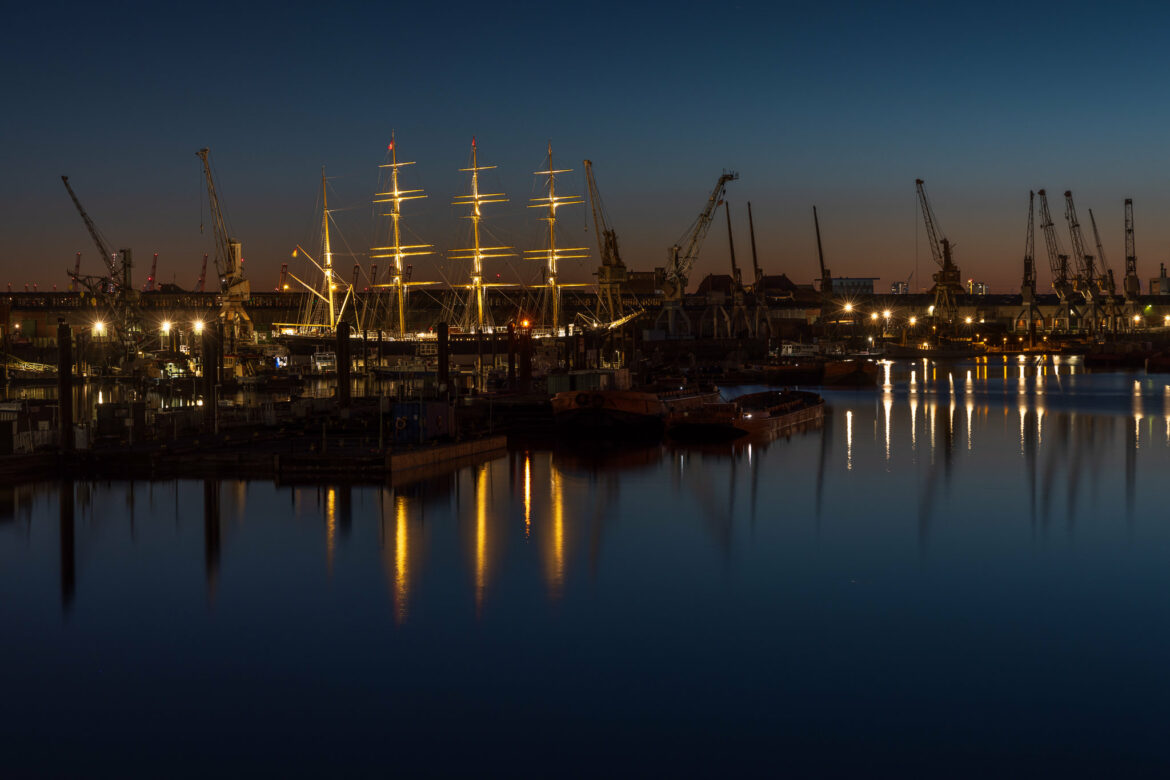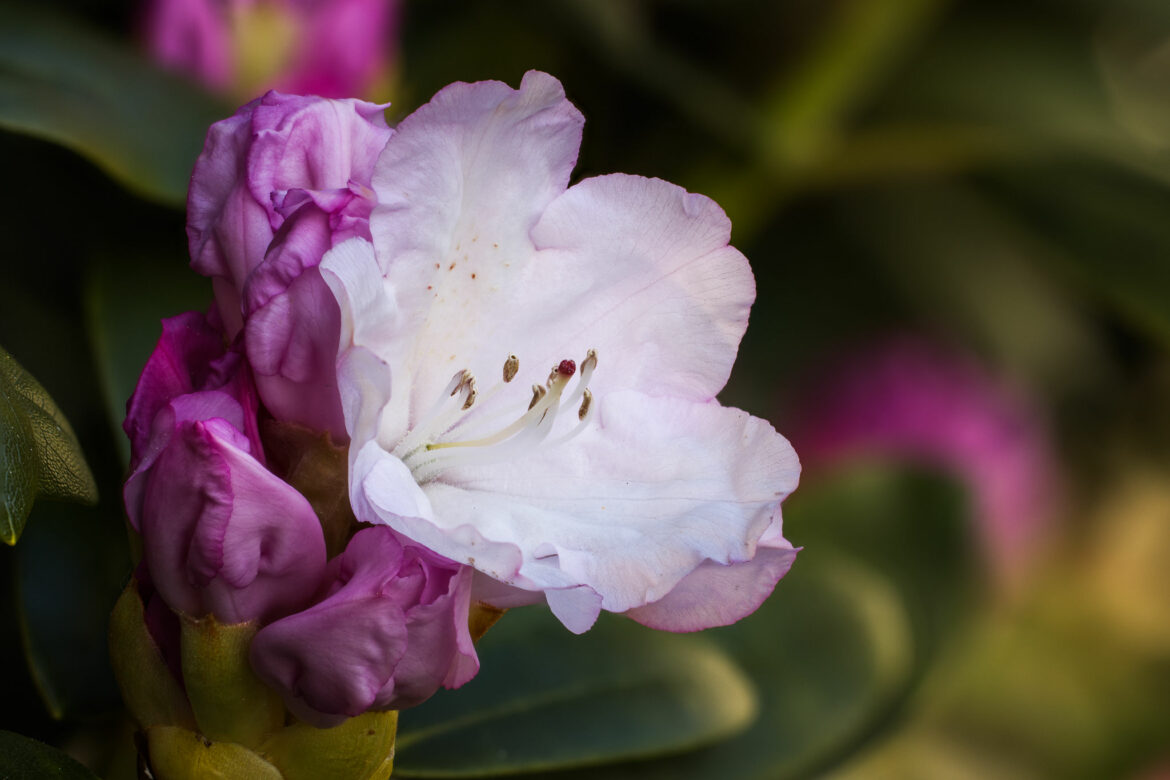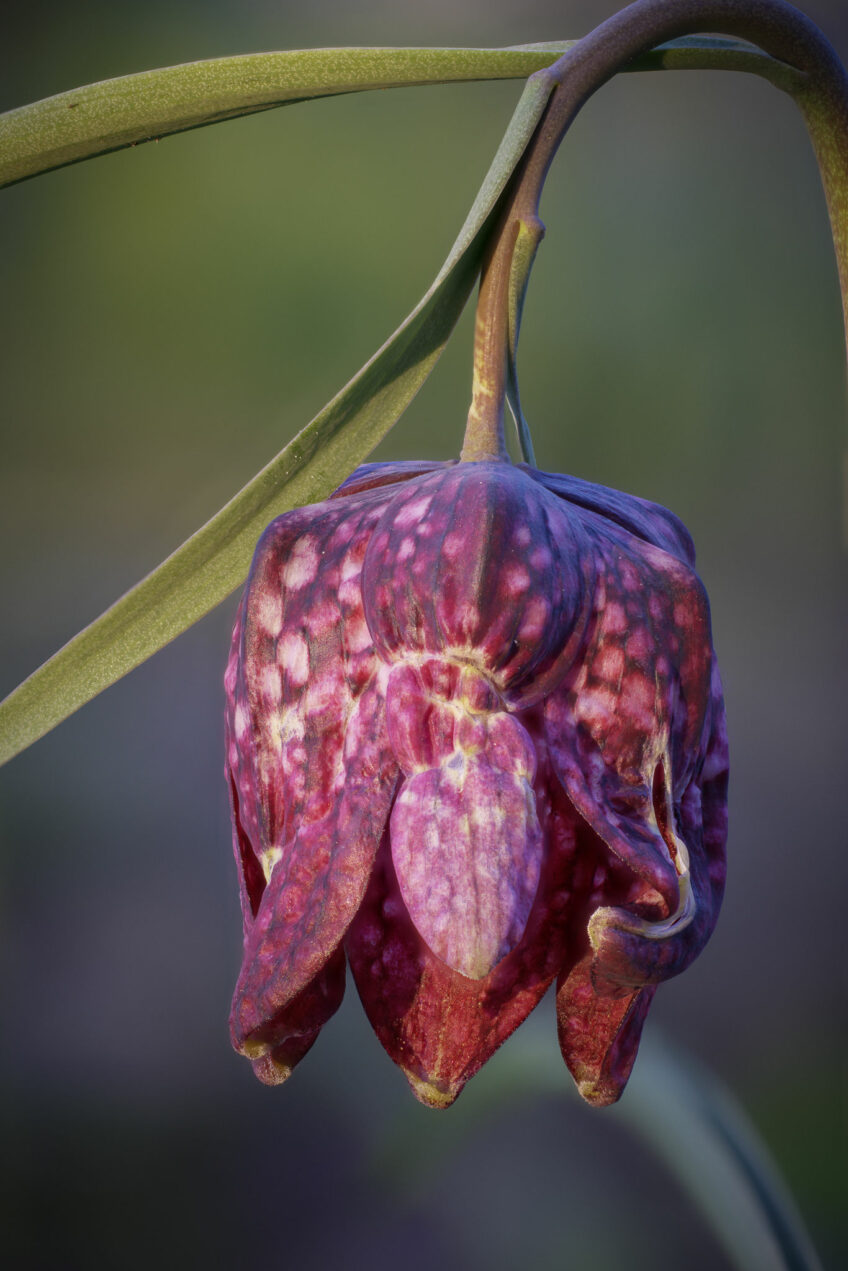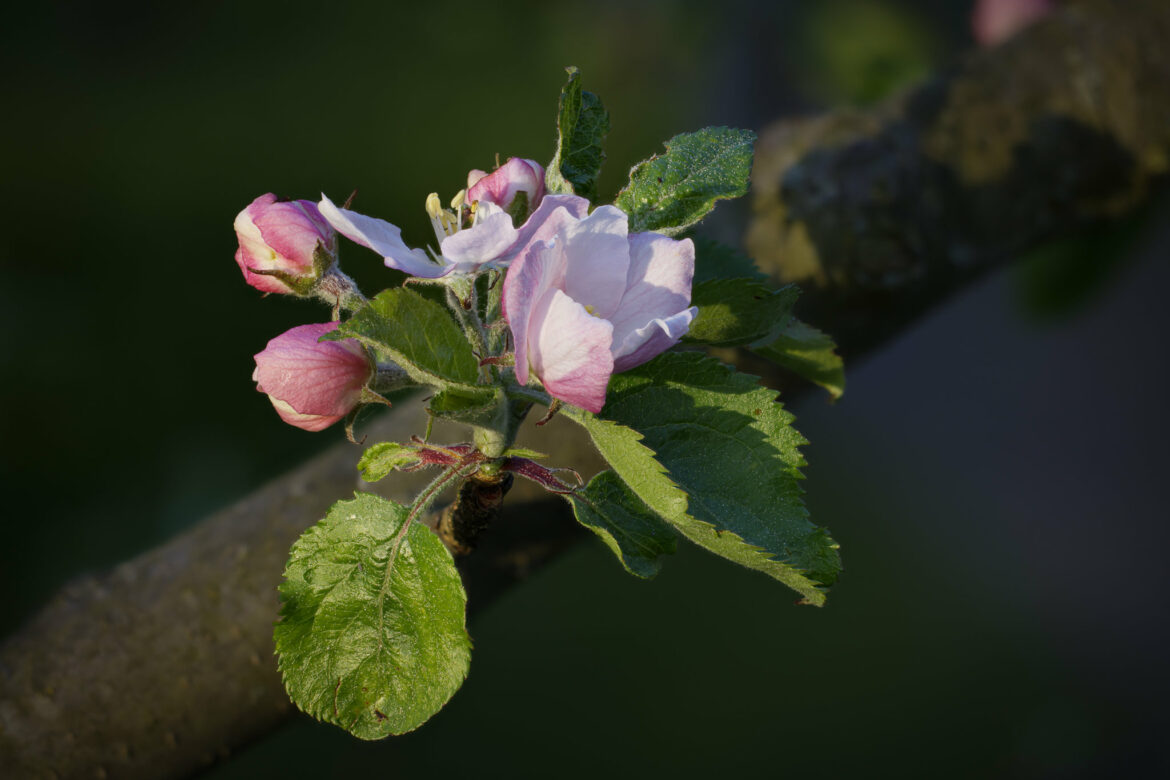When the apple tree in our garden bloomed vigorously, I stood in the middle of it with tripod and macro lens to find decorative motifs. Of course, a technique called focus stacking had to be used to get all the details of the blossoms in focus. In this technique, you take a series of shots in which the focus is changed slightly from front to back between each image. Each image therefore shows a different part of the flower in focus.
The rest is software. In image processing, the images are added together, and the sharp part from each image is transferred to the final image. Isn’t that a great effect?
The images show a lot of details. Pollen on the leaves, fine hairs on the flower bases!
The following two pictures show other flowers in more or less bloomed state: read more or write a comment …
